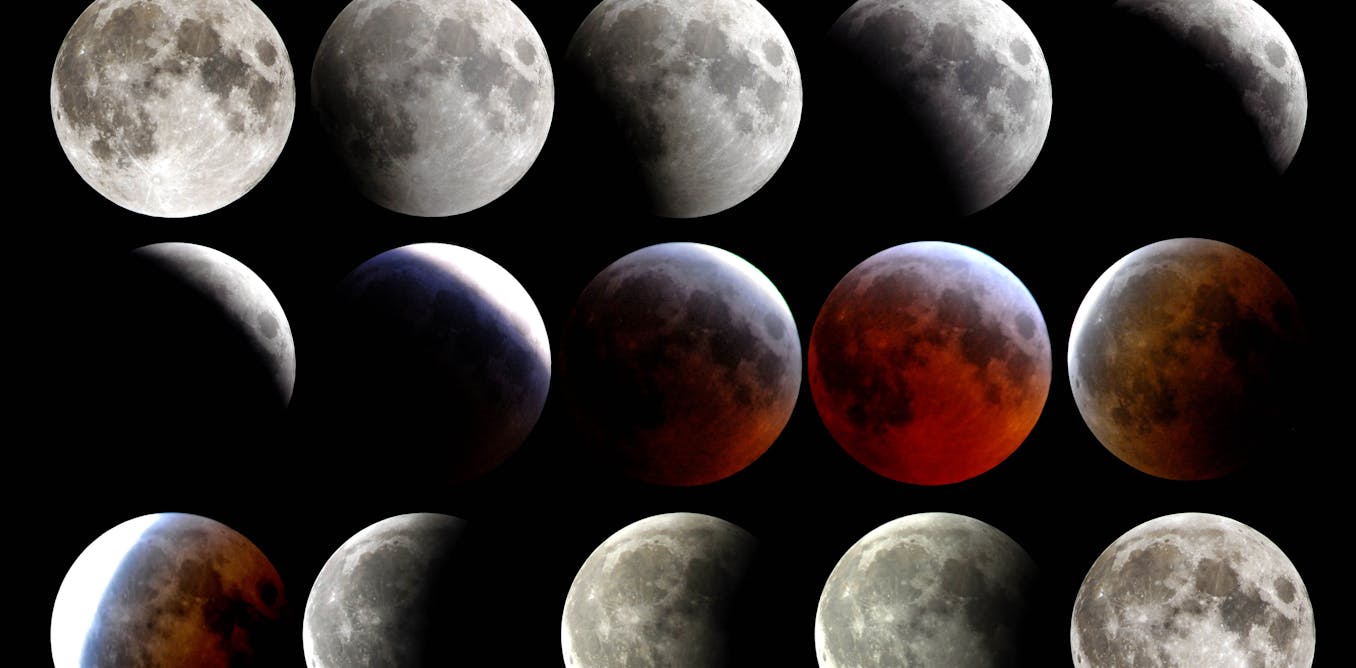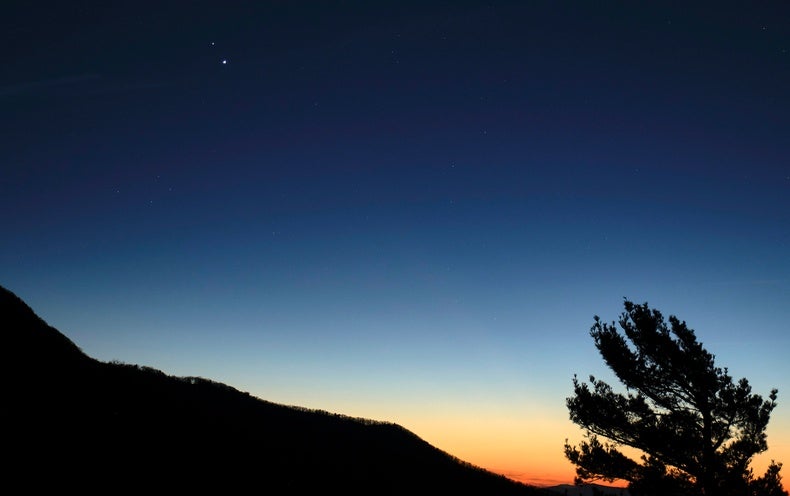1 min
Supermoon! Red blood lunar eclipse! It’s all happening at once, but what does that mean? Our experts can help if you're covering!
The first lunar eclipse of 2021 is going to happen during the early hours of May 26. But this is going to be an especially super lunar event, as it will be a supermoon, a lunar eclipse and a red blood moon all at once. So what does this all mean? If you're looking to the stars and want to make sure you're not in stuck in the dark then check out this interesting article just published in The Conversation by MSU's Shannon Schmoll. And if you're a journalist looking to cover this most interesting lunar event then let us help. Shannon Schmoll is the director of the Abrams Planetarium at Michigan State University and an expert on basic astronomy, naked-eye astronomy, eclipses, constellations, and the night sky. Shannon is available to speak with media regarding this event – simply click on her icon now to arrange an interview today.









